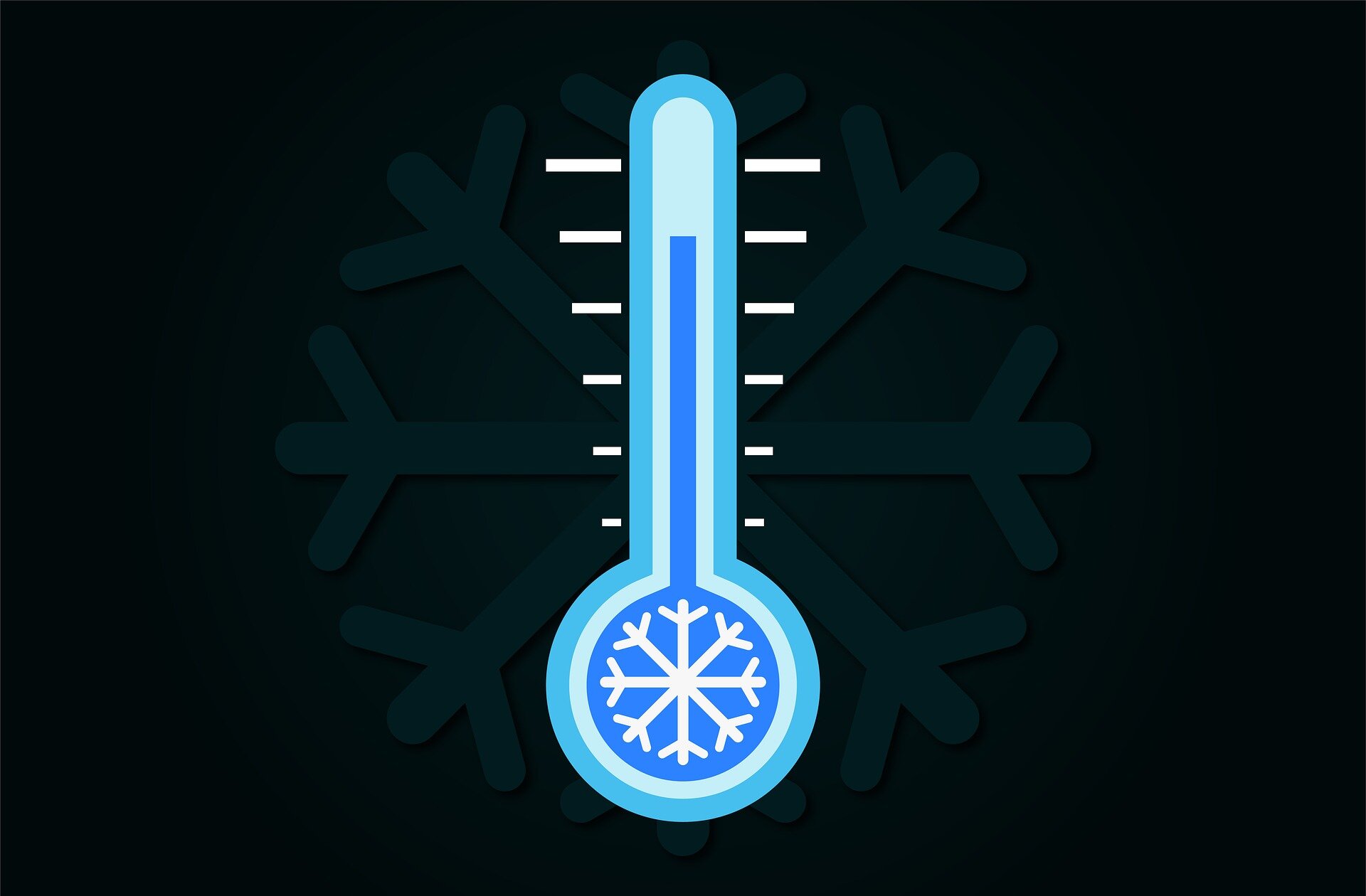Source: Pixabay/CC0 Public Domain
Childhood temperatures and community connectedness can help predict how U.S. residents set their thermostats, offering new ways to promote energy conservation and combat climate change, according to a study published July 3 in the journal PLOS Climate by Dritjon Gruda of the National University of Ireland Maynooth and Paul Hanges of the University of Maryland.
Half of the annual electricity used by American households goes to heating and cooling, but fewer than half of homeowners adjust their thermostats to save energy throughout the day. Reducing household energy use (which accounts for 21 percent of the U.S. energy pie chart) is therefore a promising strategy for curbing the nation’s energy use and burning fewer fossil fuels. But first, scientists need a reliable way to provide policymakers with evidence to encourage home energy conservation.
To investigate why American adults heat and cool their homes the way they do, Gruda and Hanges surveyed 2,128 participants, who reported the average winter thermostat settings in their current and childhood homes. They also rated their emotional attachment to their current communities, a measure known as “community fit.” The researchers controlled for age, gender, and household income, and the participants were representative of the U.S. population.
Results indicated that the temperatures of participants’ childhood homes were a positive predictor of the temperatures of their current homes. For example, among people who live in cold winters, such as New York, those who grew up in warmer homes tend to turn up their thermostats higher than those who grew up in cooler homes.
Furthermore, the researchers found that individuals with strong community ties were more likely to align their home temperature settings with those of others in their community. For example, a New Yorker with strong community ties might keep their indoor climate cooler, while someone less enamored of the Big Apple might turn up the heat.
These results suggest that “policymakers may need to focus on campaigns that closely align with the unique identities and values of individual communities” to encourage energy conservation, the researchers said.
The authors acknowledge that community connection does not directly translate into energy savings, especially in affluent communities. They encourage longitudinal studies to assess household income and other contributing factors.
In summary, the authors add: “The extent to which you adapt to your community determines how low you turn your thermostat down in the winter and how much energy you save on your heating.”
More information:
Gruda D, Hanges P (2024) Turn down for watts: Community fit and thermal comfort habituation predict average household energy consumption for heating, PLOS Climate (2024). DOI: 10.1371/journal.pclm.0000407
Provided by Public Library of Sciences
Quote: Why Do You Keep Your House So Cold? Study Suggests Your Childhood Temperature May Predict Your Adult Child’s Thermostat Settings (2024, July 3) Retrieved July 3, 2024, from https://phys.org/news/2024-07-house-cold-childhood-home-temperature.html
This document is subject to copyright. Except for fair dealing for private study or research, no part may be reproduced without written permission. The contents are supplied for information purposes only.
